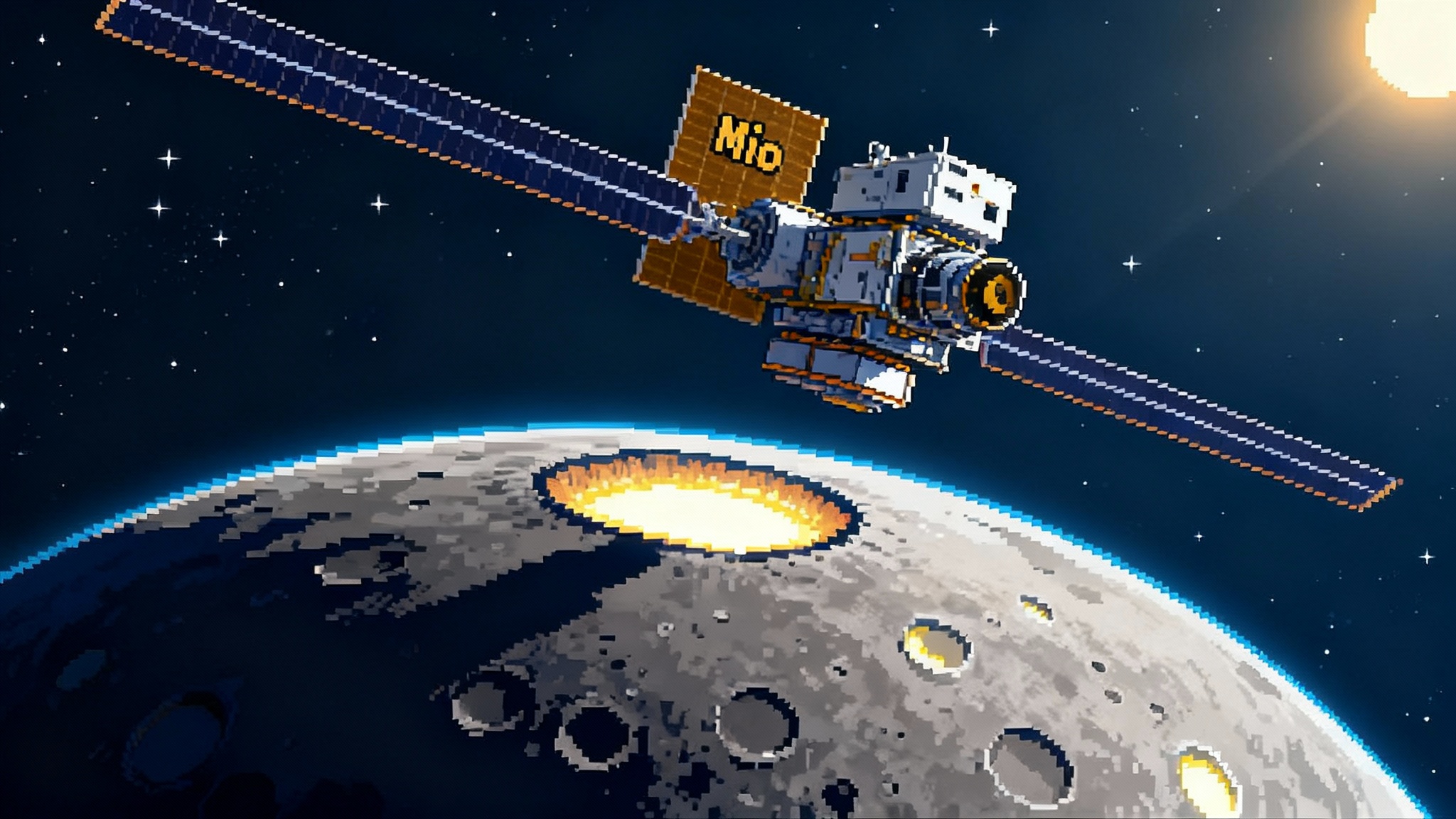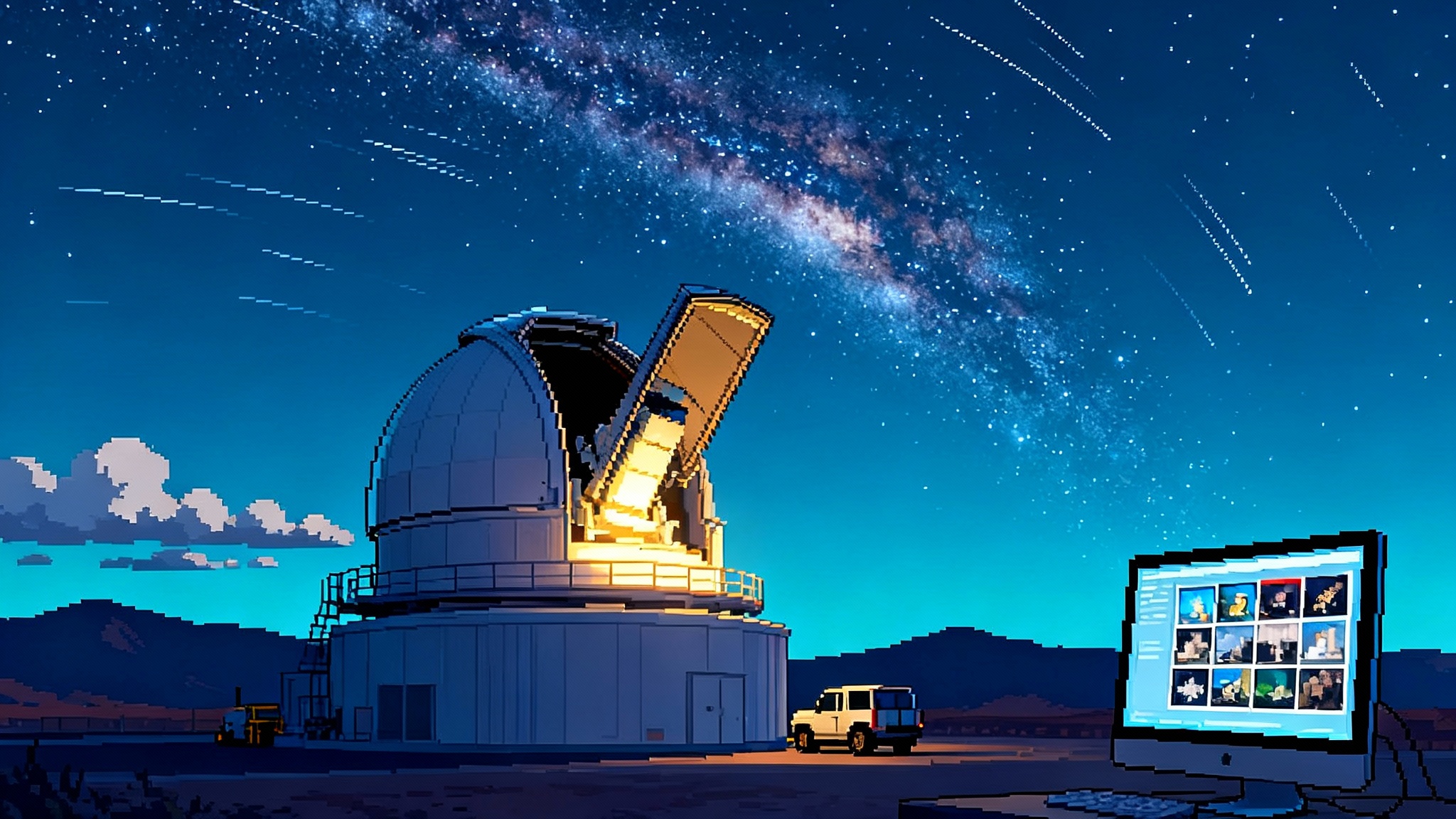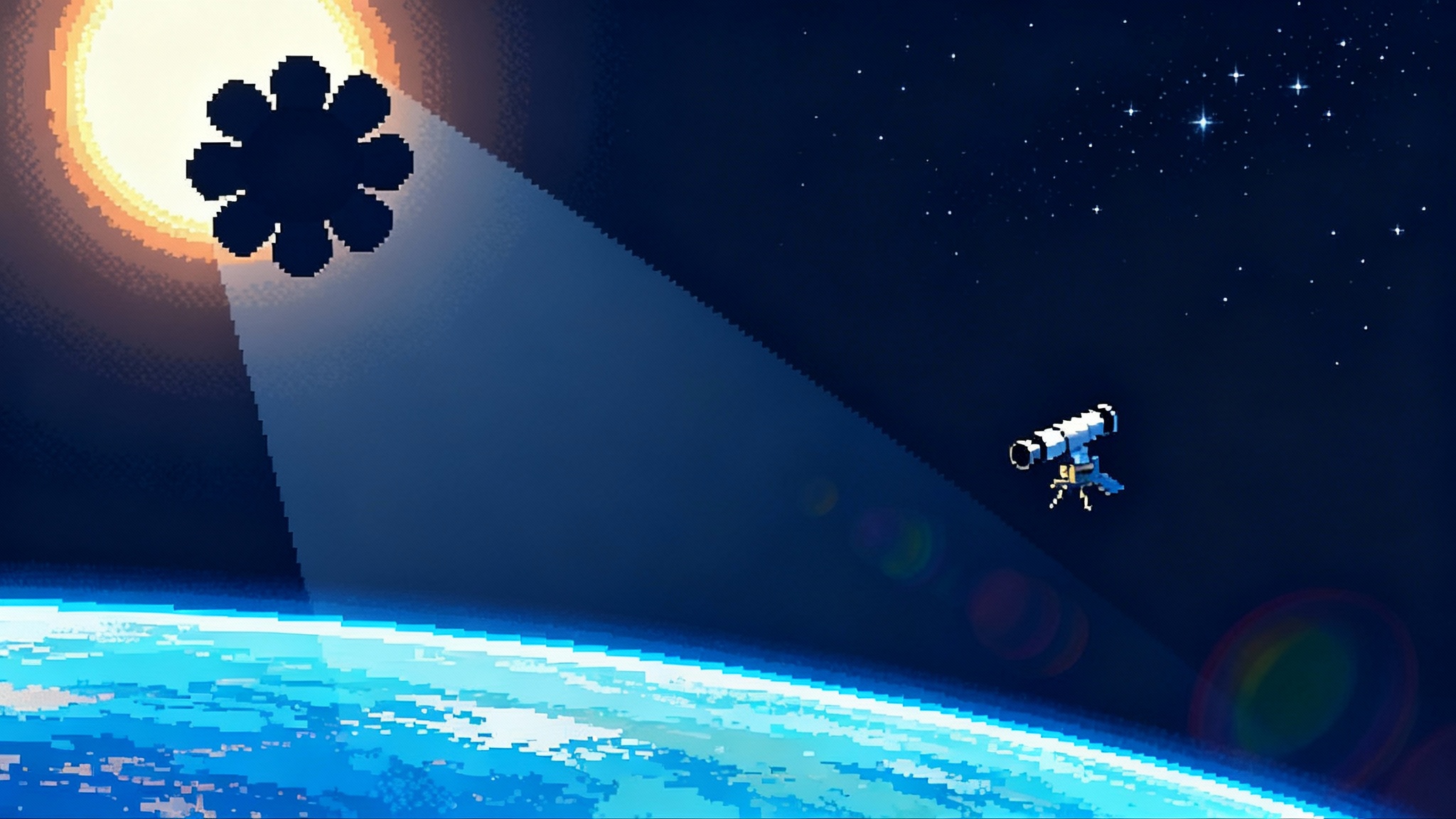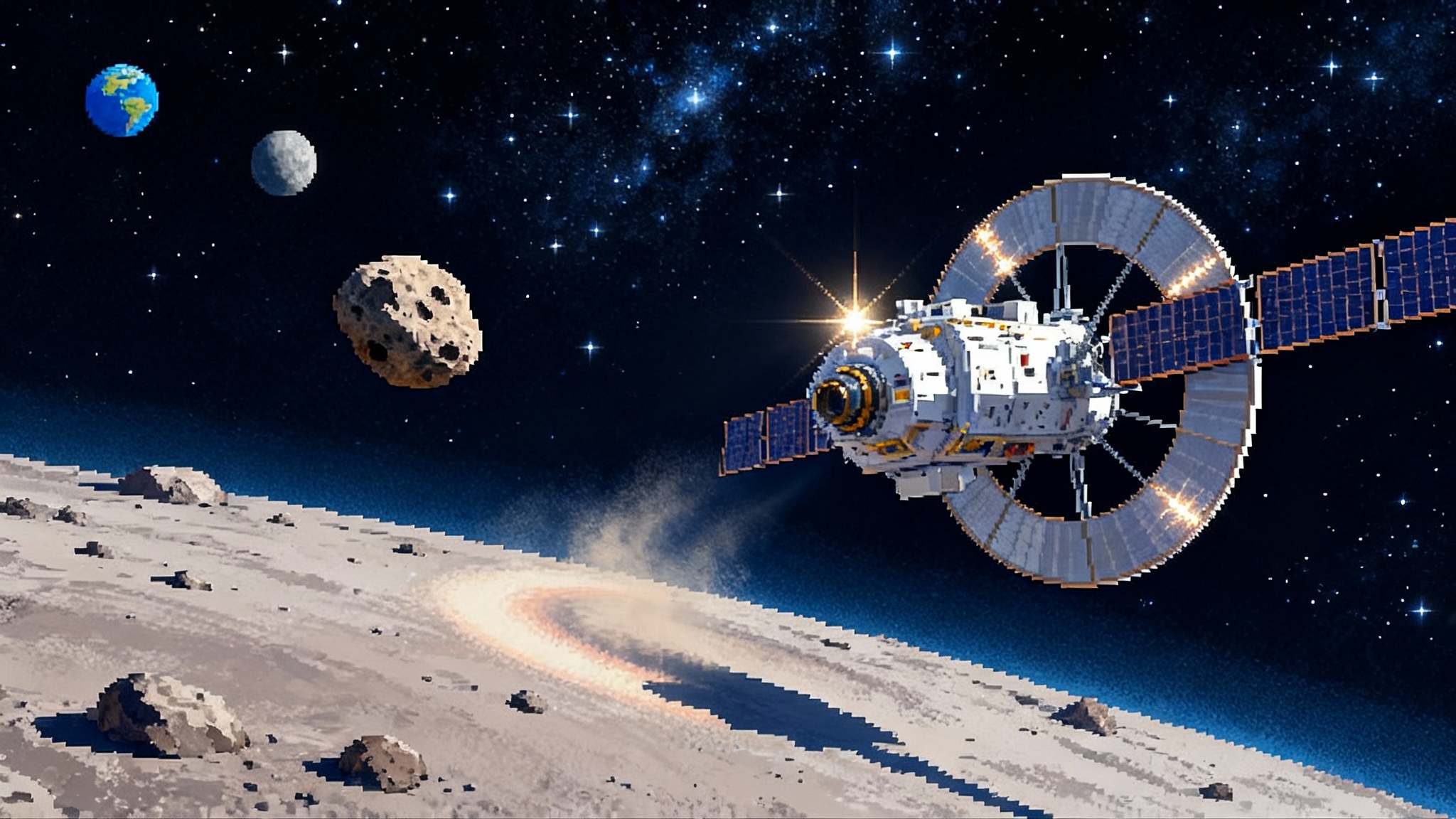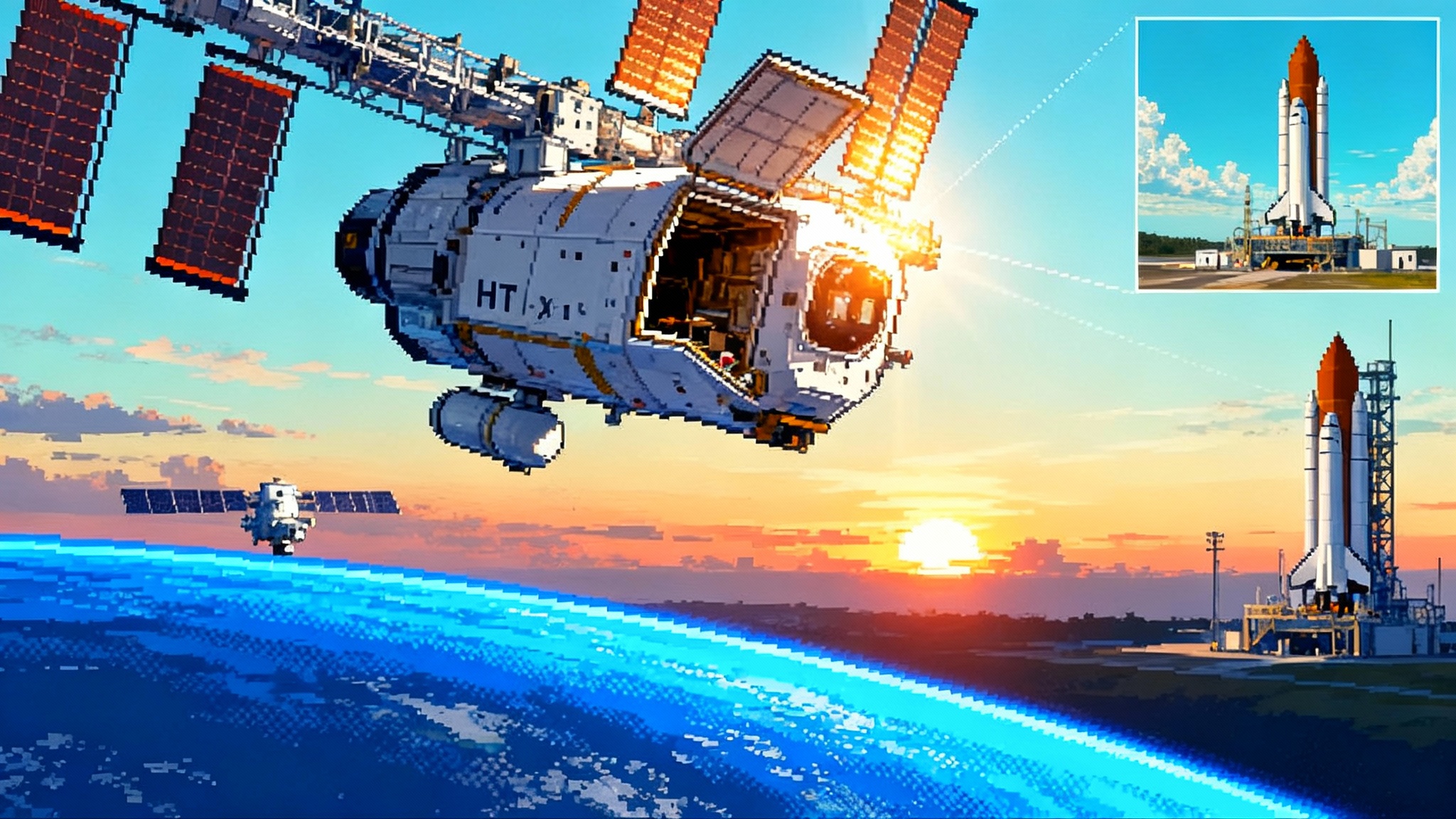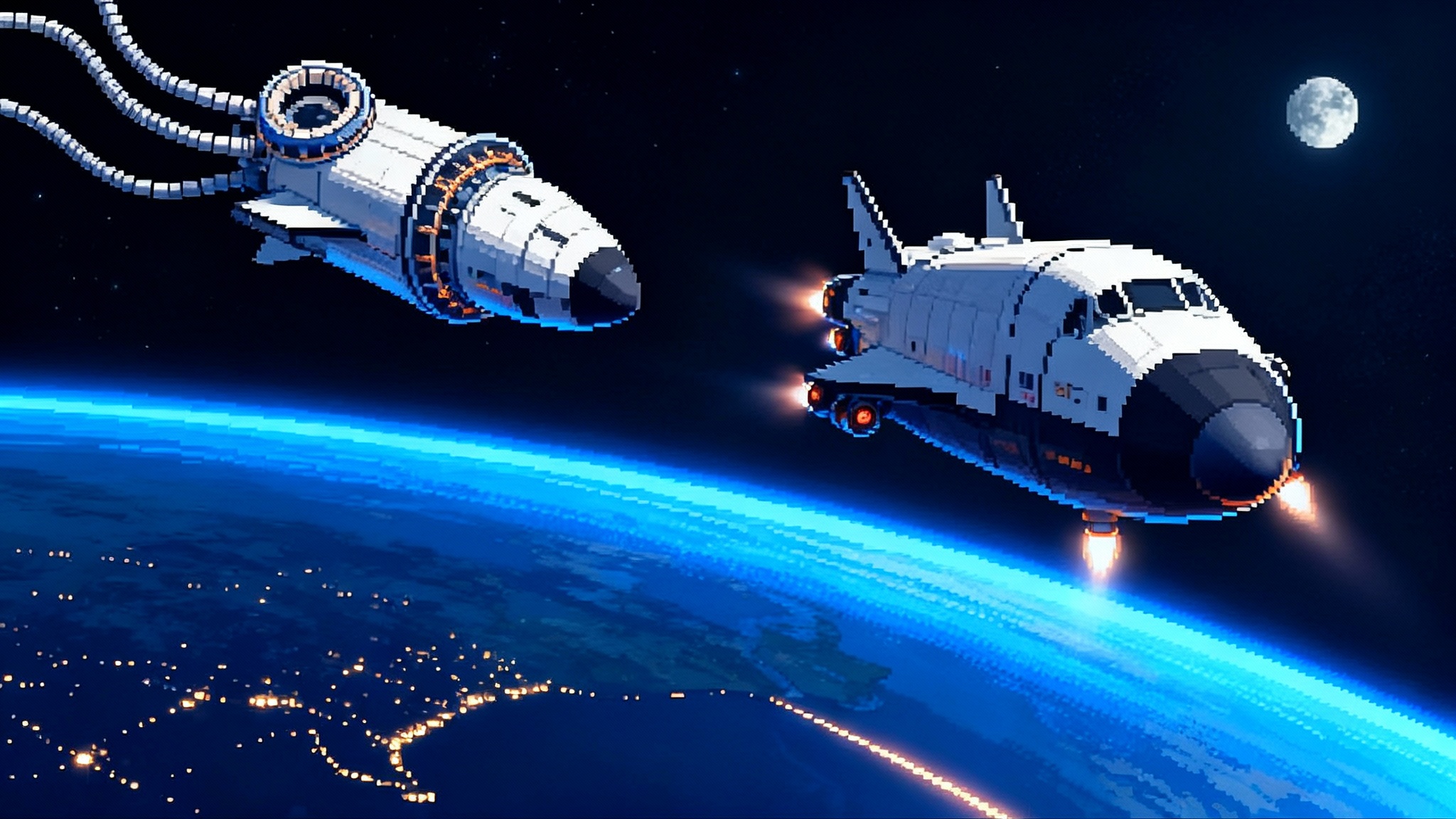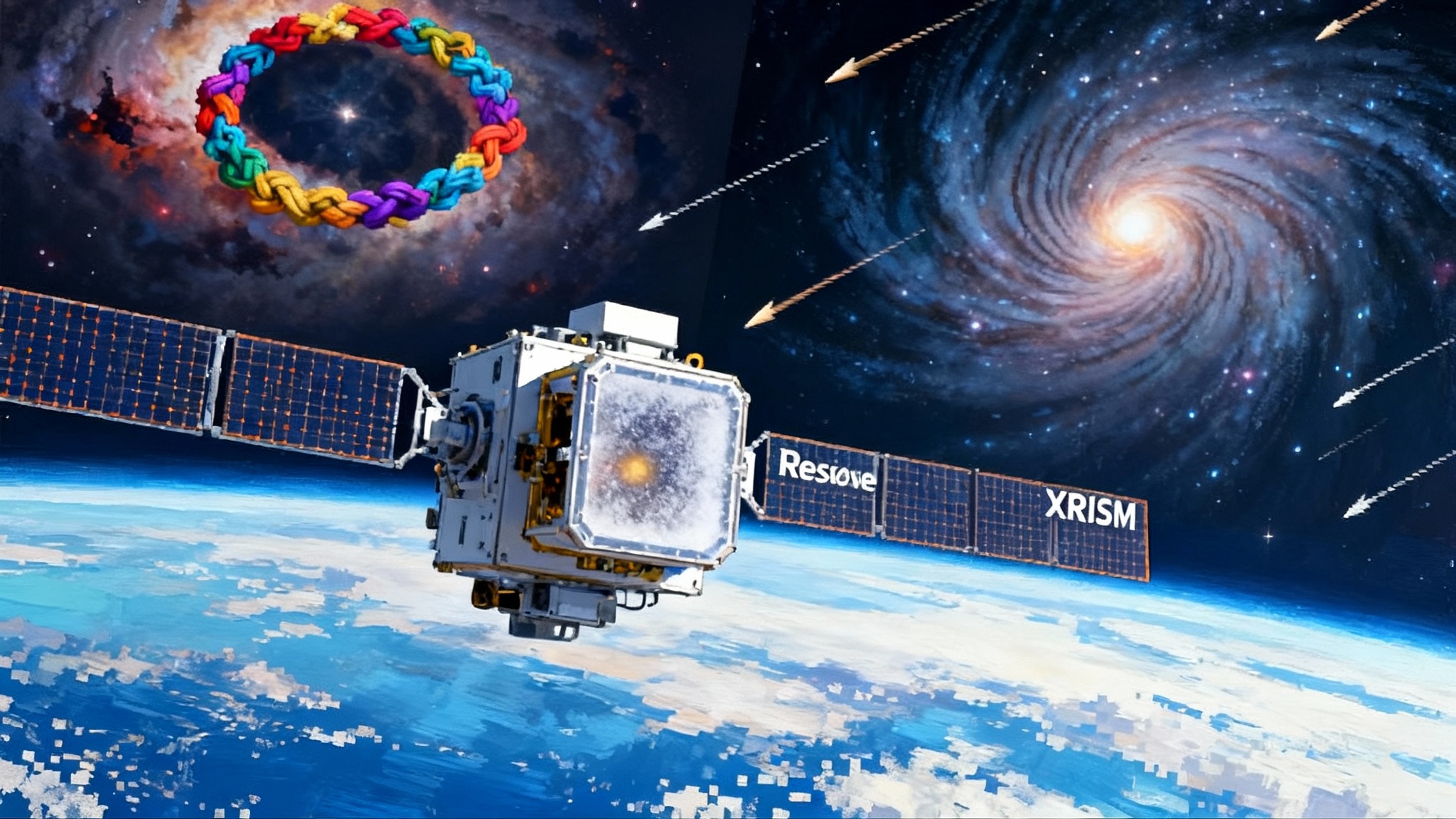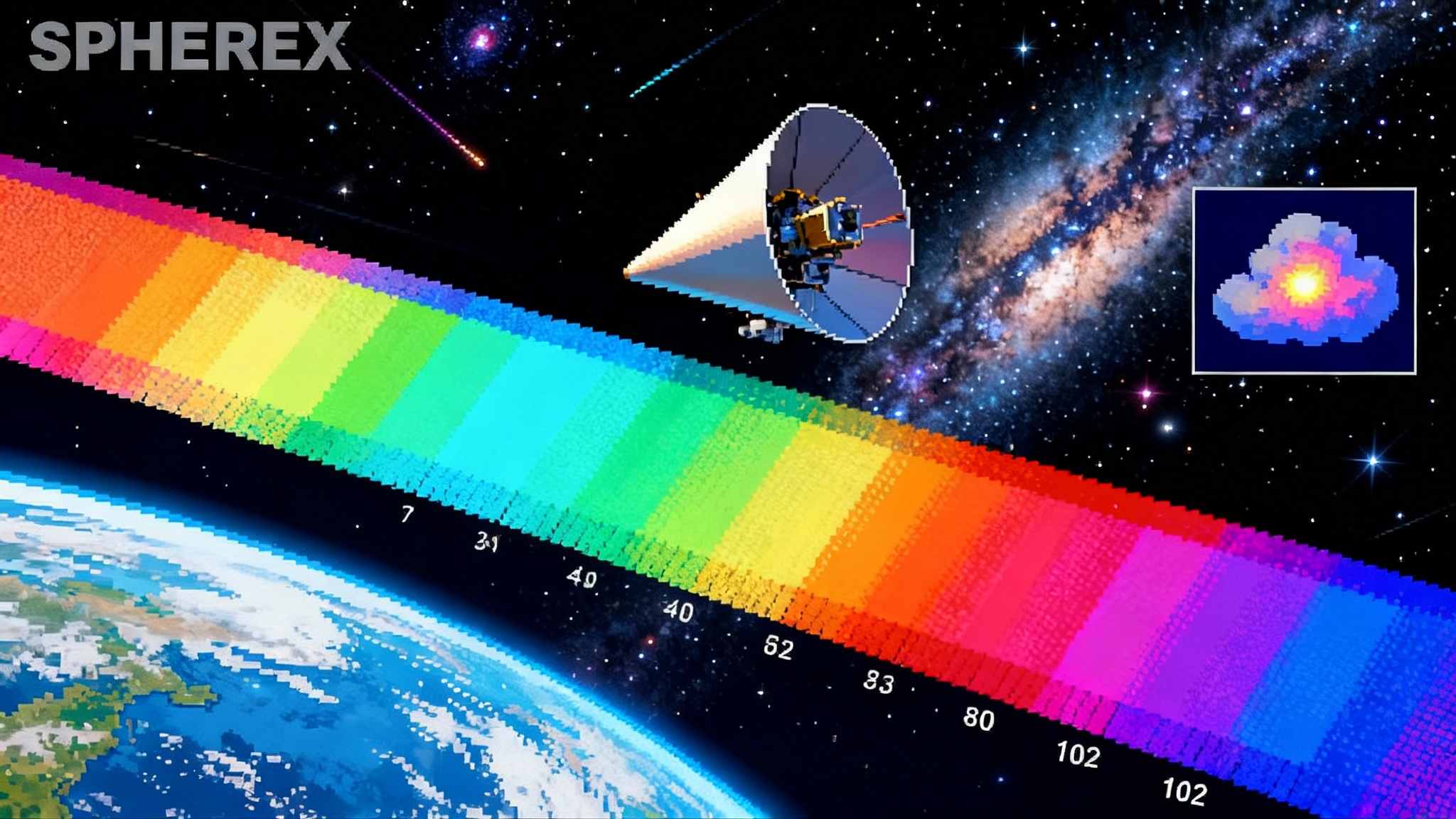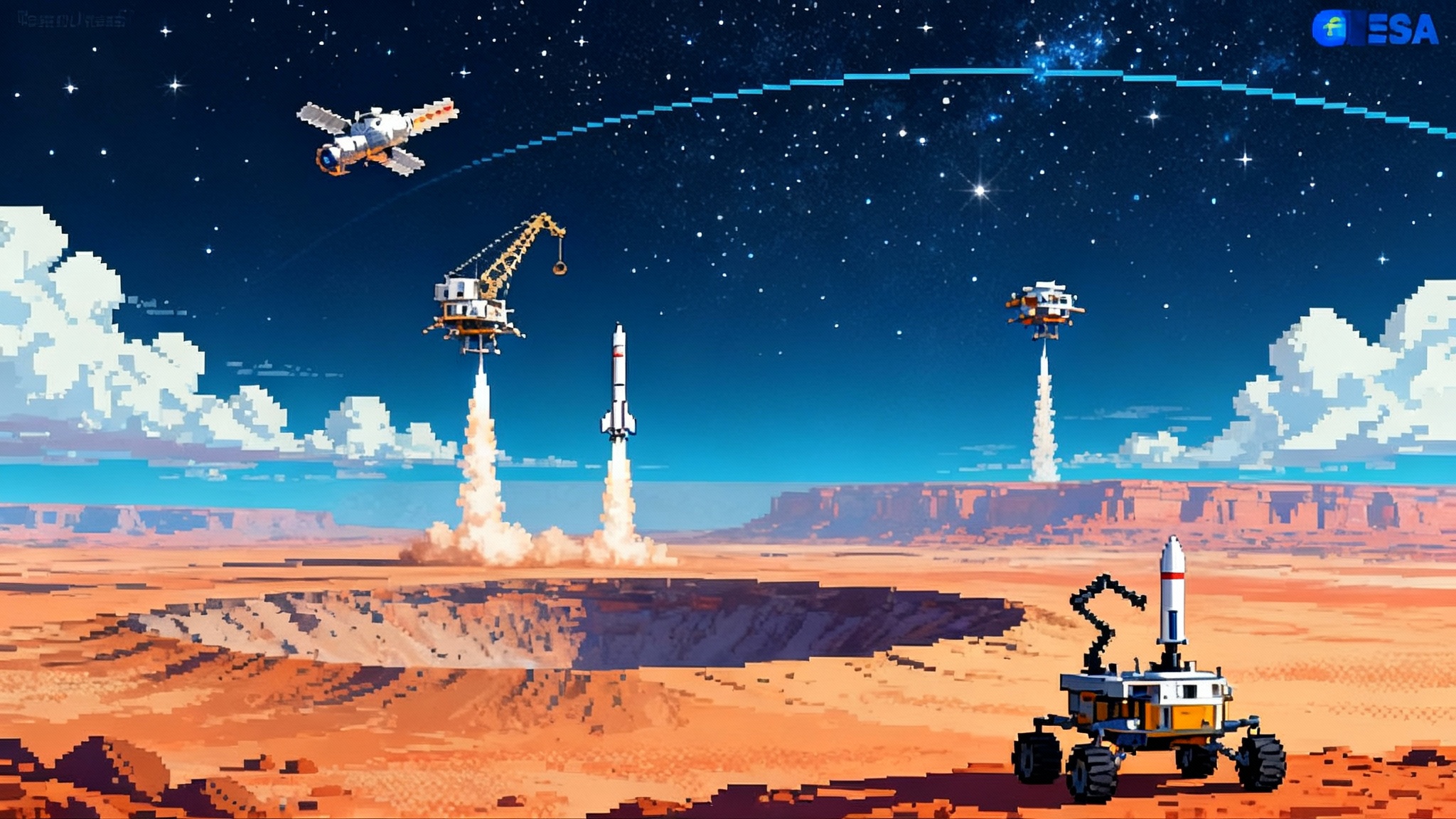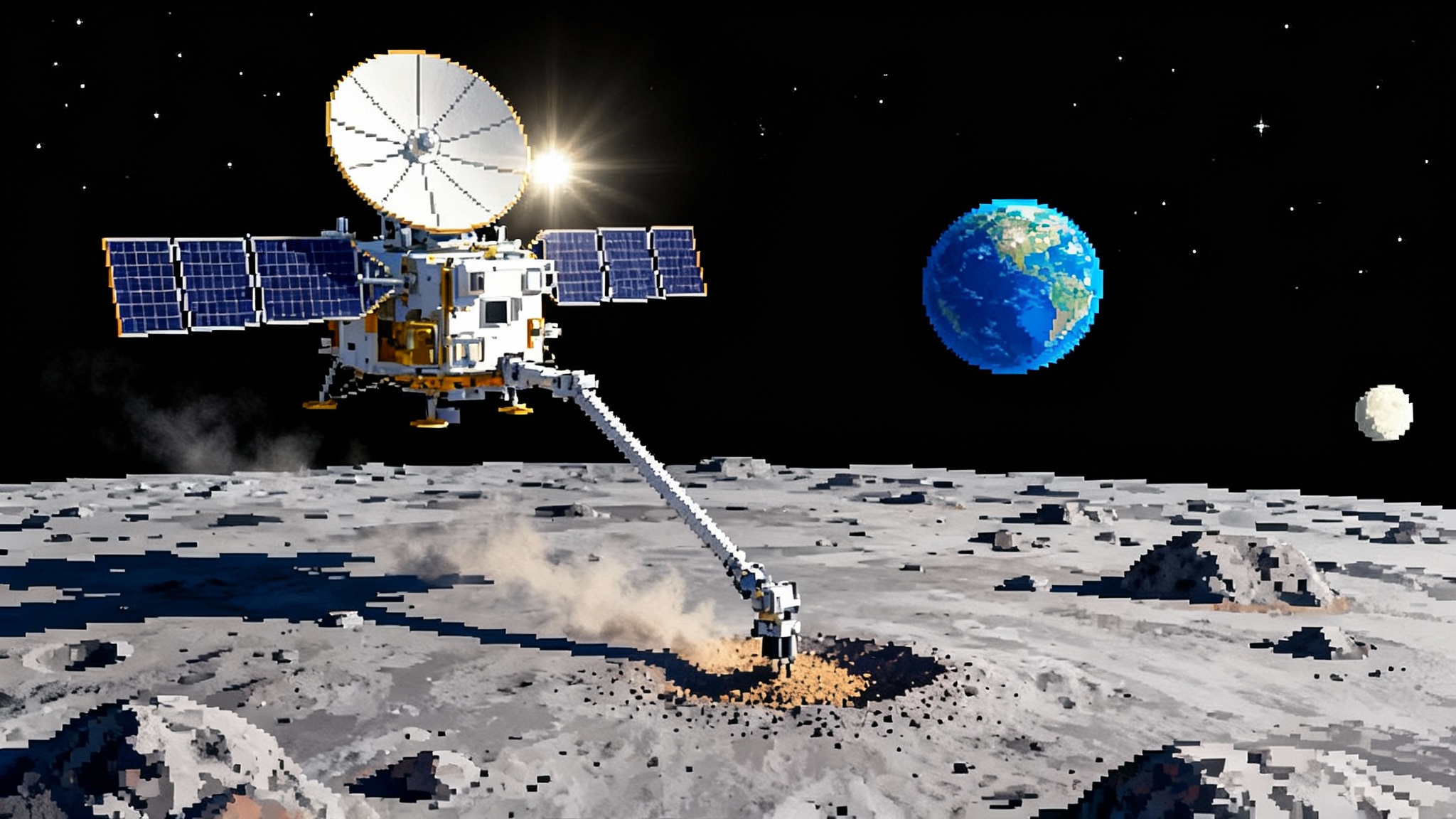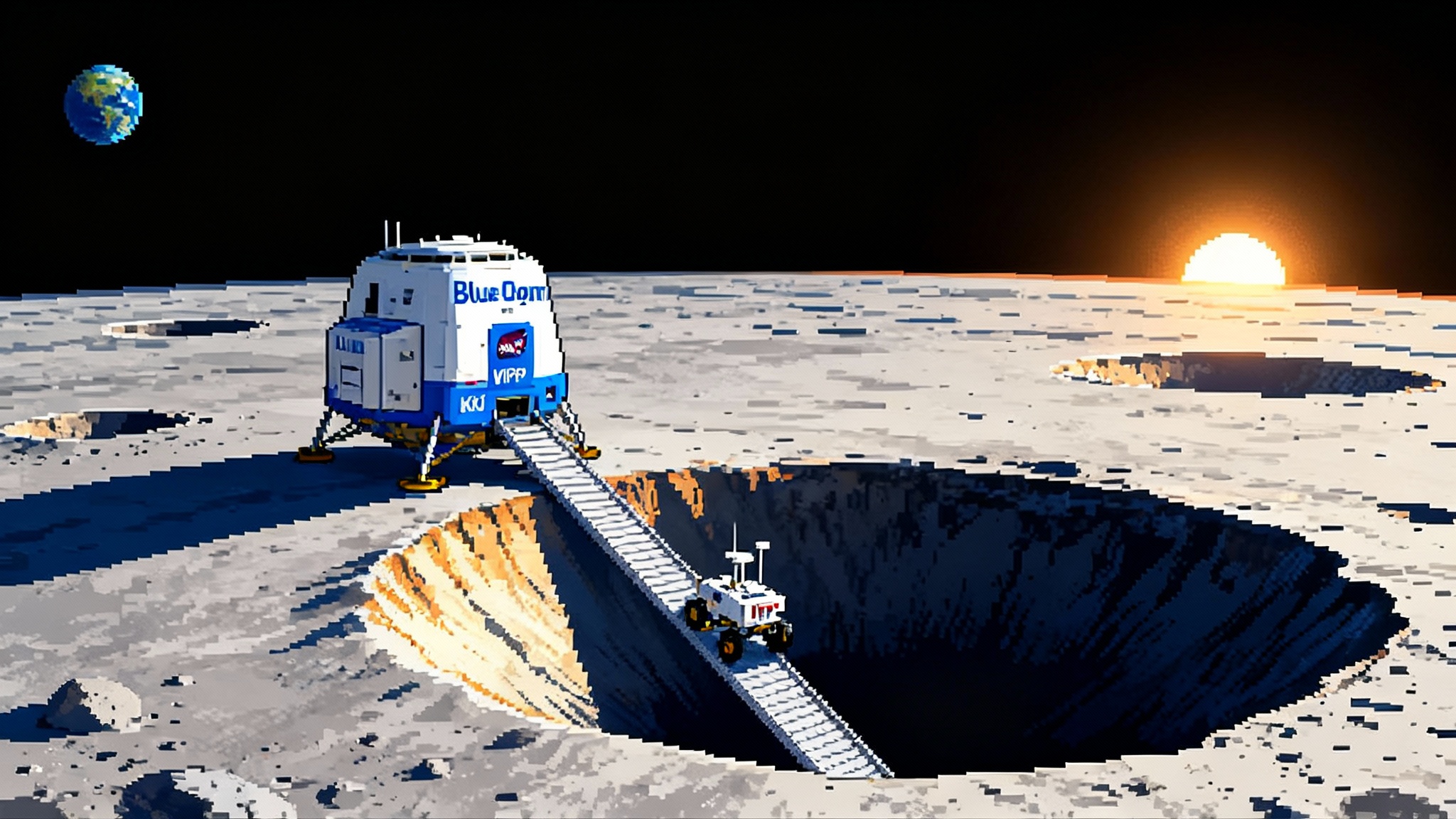 Space
Space
Articles under the Space category.
OSIRIS-APEX Gets a Lifeline to Shadow Apophis in 2029
Congress preserved a critical funding lane for NASA’s OSIRIS-APEX, keeping the Bennu-proven spacecraft on course to watch Apophis skim past Earth on April 13, 2029. Here is what the mission will do, why it matters for planetary defense, and how a possible European partner could amplify the science.
BepiColombo’s pivot to Mercury after a thruster glitch
A power shortfall in BepiColombo’s transfer module forced ESA and JAXA to rewrite the cruise. Anchored to the January 8, 2025 flyby, here is how they preserved a late 2026 capture and which science turns on first.
From First Look to Firehose: Rubin’s Year of Fast Discovery
In June 2025 the Vera C. Rubin Observatory moved from stunning test images to the brink of a live, minute‑scale alert stream. Here is what the next 12 months will look like and how to get ready to turn alerts into discoveries.
Proba-3’s artificial eclipses launch formation telescopes
Two ESA satellites flew 150 meters apart to block the Sun and reveal the corona for hours, proving precision formation flying that points to starshades, modular observatories, and sharper space‑weather forecasts.
Juno’s Record Io Eruption Reveals Planetwide Plumbing
A December 27, 2024 firestorm on Io outshone every volcanic hotspot ever seen, and the timing across multiple vents points to a connected magma network beneath the surface. Here is what Juno found, what Earth-based observatories can still confirm, and why it changes how we search for volcanic exoworlds.
China’s Tianwen-2 Targets Kamoʻoalewa, Earth’s Quasi-Moon
After a quiet late-May launch, Tianwen-2 is on track to rendezvous with Kamoʻoalewa in mid-2026 and attempt a sample return by late-2027. If successful, it could confirm a lunar origin for our quasi-moon and sharpen the playbooks for small-body operations and planetary defense.
HTV‑X1 just rewired space cargo. Why it matters now
Launched on an H3 rocket in October 2025, JAXA’s HTV-X1 reached the International Space Station with power, cooling, and hosting chops that turn a cargo run into months of lab time. Here is why that shift matters and how to use it.
Hera’s Mars flyby sets up the first close-up of a deflected asteroid
On March 12, 2025, ESA's Hera skimmed past Mars to line up a late 2026 rendezvous with Dimorphos, the asteroid nudged by DART. Here is how Hera will turn a cinematic hit into a calibrated planetary defense playbook.
Chang'e-6 rewrites the Moon: older basin, drier far side
First Chang'e-6 results date the South Pole–Aitken basin to about 4.25 billion years and reveal an exceptionally dry farside mantle. That combination resets lunar timelines and reshapes where, and how, we hunt for polar water.
Europa Clipper’s narrow window to skim 3I/ATLAS’s tail
From October 30 to November 6, 2025, Europa Clipper may cross the ion tail of interstellar comet 3I/ATLAS. With small, low-risk tweaks to pointing and data cadence, NASA and ESA could capture the first in-situ signatures from an interstellar tail.
Starship Flight 11 Turns the Corner on Orbital Refueling
Flight 11 staged cleanly, flew more than an hour, and ended with two guided splashdowns. The next prototype adds refueling hardware and tougher tiles, setting up a 2026 demo that could pull Artemis work forward.
428 km From Disaster: The Antarctic Asteroid Near Miss
On October 1, 2025, asteroid 2025 TF skimmed just 428 kilometers above Antarctica, the second closest flyby ever recorded. The scare exposes how small near‑Earth objects evade detection and previews the sensors, radar, and drills that will close the gap.
XRISM’s Resolve Turns X-ray Light Into a Cosmic Weather Map
{"excerpt":"XRISM has opened its first vault of Performance Verification data, and Resolve’s microcalorimeter is translating X-ray spectra into maps of motion, temperature, and turbulence. Here is what the release unlocks and what to watch as the Kyoto meeting begins."}
Moon’s First Cell Network: Nokia IM-2 and the Lunar Internet
Nokia’s IM-2 payload briefly brought 4G LTE to the lunar surface, validating a shoebox base station that powered on and sent telemetry before the lander lost sunlight. Here is what worked, what failed, and a practical 2026 to 2029 roadmap for building a usable lunar internet.
SPHEREx Is Live: Inside NASA’s 102-color Map of the Sky
Launched March 12, 2025 UTC and now scanning in 102 infrared colors, SPHEREx has moved from first light into weekly public data drops. See what to watch next and how to tap the data for inflation tests, a Milky Way ice census, and target lists for Webb and Roman.
NASA’s Mars Sample Return Gets a 2025 Dual-Path Reboot
NASA began 2025 by advancing two rival landing architectures and a radioisotope‑powered, simplified lander for Mars Sample Return. Here is what changed, why a dual path can cut risk and cost, and the milestones leading to a 2026 downselect.
Tianwen‑2’s Kamoʻoalewa Gambit: A Quasi‑Moon Sample Return
China’s Tianwen-2 launched in May 2025 to sample Kamoʻoalewa, a tiny quasi-moon that may be lunar ejecta. The probe aims to rendezvous in 2026, return samples in 2027, and then slingshot onward to study active asteroid 311P. Here is why that changes the game.
VIPER is back: Blue Origin set for 2027 south pole delivery
NASA restored the VIPER rover in September 2025 with a conditional ride on Blue Origin’s Blue Moon MK1. If the demo lander touches down by late 2025, VIPER heads for a late 2027 south pole delivery to drill for accessible lunar water ice.

